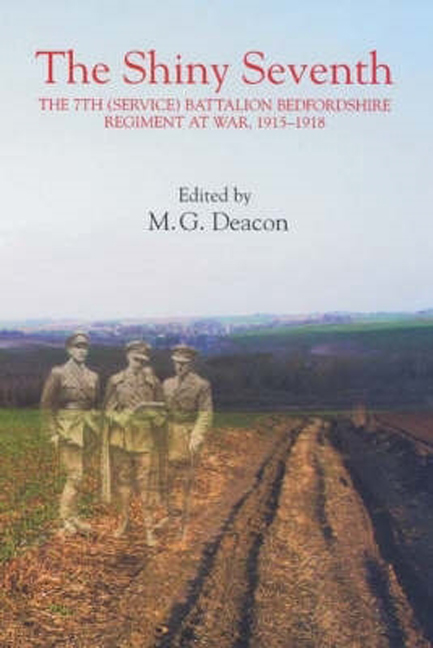Book contents
- Frontmatter
- Contents
- List of Illustrations
- Dedication
- Acknowledgements
- Introduction
- Abbreviations
- Glossary
- Plate Section
- Part One The War Diary
- Part Two The Personal Diary of Second Lieutenant Henry J. Cartwright
- Appendix A Battalion Moves
- Appendix B Battles
- Appendix C Casualties
- Index of Names
- Index of Place Names
- Organisation Names Index
Part One - The War Diary
Published online by Cambridge University Press: 15 February 2024
- Frontmatter
- Contents
- List of Illustrations
- Dedication
- Acknowledgements
- Introduction
- Abbreviations
- Glossary
- Plate Section
- Part One The War Diary
- Part Two The Personal Diary of Second Lieutenant Henry J. Cartwright
- Appendix A Battalion Moves
- Appendix B Battles
- Appendix C Casualties
- Index of Names
- Index of Place Names
- Organisation Names Index
Summary
1914
When Britain went to war on 4 August 1914 it had a small professional army which, by the standards of France and Germany, was tiny. It was realised that this army would not be able to sustain a long war without massive growth and, while some people thought it would be “all over by Christmas”, Lord Kitchener, for example, predicted, with uncanny accuracy, a war of four years’ duration. On the outbreak of war the Bedfordshire Regiment (traditionally the 16th Regiment of Foot) contained three battalions, two of them active service battalions (the 1st and 2nd) and the other a depot battalion to train new recruits and post them to the two active service battalions as needed. The 1st Battalion was at Mullingar in Ireland, the 2nd Battalion at Roberts Heights, Pretoria, South Africa. The 3rd Battalion, as might be expected, was at Kempston Barracks. A further battalion, the 4th (Extra Reserve) Battalion existed as a secondary depot battalion, and this later saw active service in France as part of 63rd (Royal Naval) Division. The 3rd Battalion remained a depot battalion throughout the war and saw no active service.
The most obvious source of additional manpower was the Territorial Army, which then, as now, consisted of part-time soldiers, often referred to as Saturday Afternoon Soldiers. The Bedfordshire Regiment fielded one such battalion, the 1/5th Battalion which would serve at Gallipolli and later in Egypt and Palestine. Two other Territorial battalions were formed as the 2/5th and 3/5th in September 1914 and June 1915, but these did not serve overseas.
The Territorials alone, however, could not provide Britain with the additional troops that the country needed and so a large number of New Army Battalions were formed. These were also commonly known as Kitchener Battalions, after the Secretary of State for War. Lord Kitchener wanted an army of 70 divisions for the long war he envisaged and set about recruiting with alacrity. In some ways the recruiting was, to begin with, hardly needed: so great was the desire to “do one's bit” that over 100,000 men signed up in the first few days.
- Type
- Chapter
- Information
- The Shiny SeventhThe 7th (Service) Battalion Bedfordshire Regiment at War, 1915-1918, pp. 1 - 106Publisher: Boydell & BrewerFirst published in: 2024



